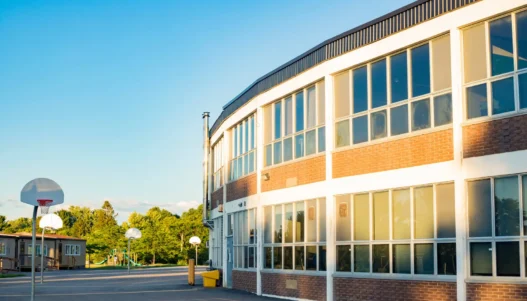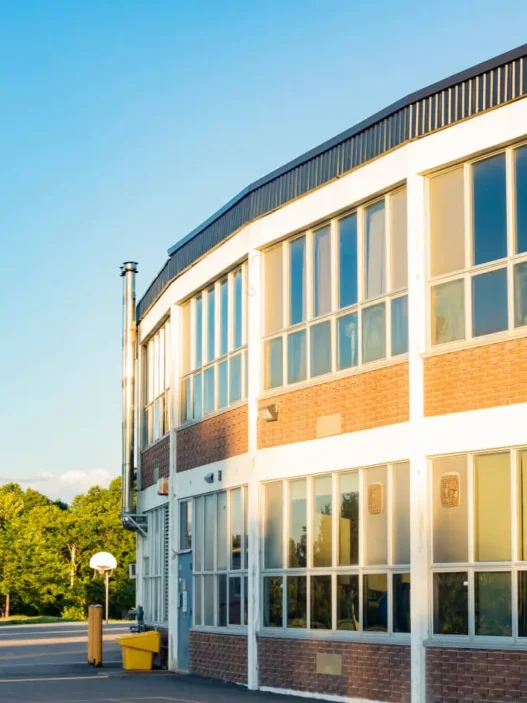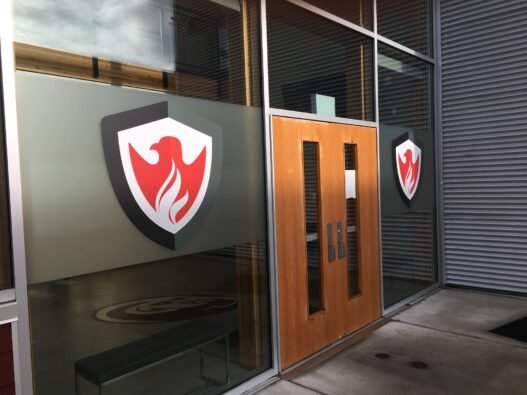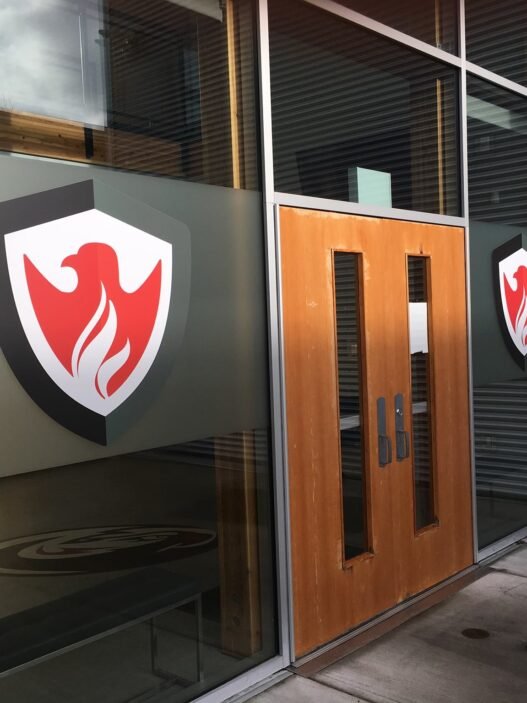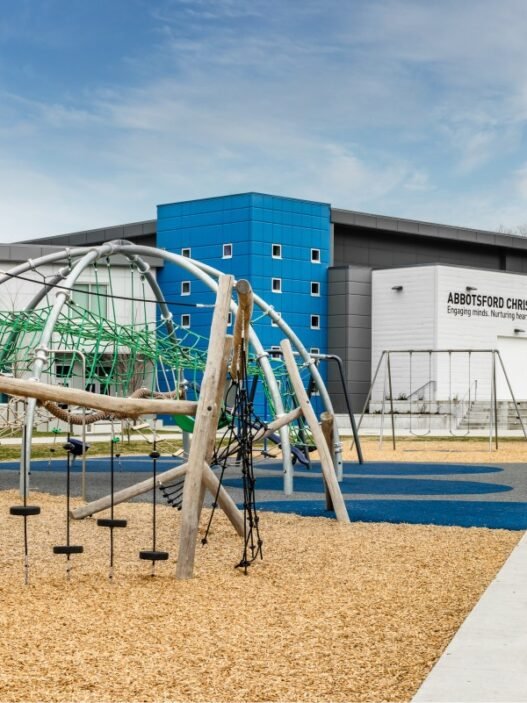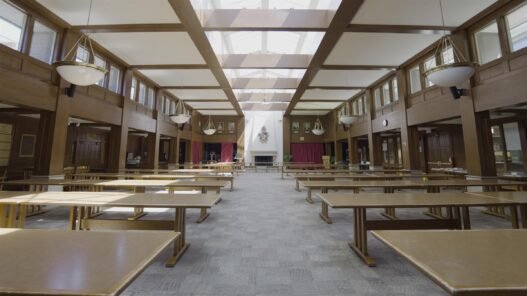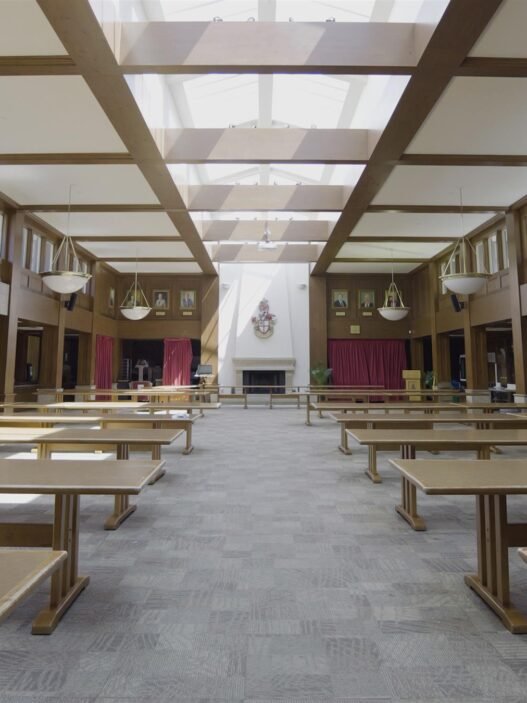Kelowna, nestled in the heart of the Okanagan Valley, has long projected an image of recreational calm—orchards, lake views, and wine country. But beneath the city’s tranquil exterior lies an increasingly complex educational landscape. As one of the fastest-growing urban centres in British Columbia, Kelowna is absorbing waves of new residents—from Metro Vancouver, Alberta, and abroad—who bring diverse educational expectations and socio-economic profiles.
This influx is shaping Kelowna’s school system in visible ways. Affluent newcomers and legacy families alike are investing in schools that prioritize structure, academic rigor, and values-based learning. At the same time, teachers are being asked to meet rising demand while navigating a student body marked by linguistic diversity, housing instability, and shifting cultural norms.
The Fraser Institute’s 2024 Report Card on British Columbia’s Elementary Schools offers a useful lens into which schools are outperforming their peers. But numbers alone cannot explain academic excellence. What distinguishes Kelowna’s top schools is not just test scores—it’s the alignment between school culture and home life, where parental engagement, neighborhood stability, and teacher consistency converge.
Top 15 Elementary Schools in Kelowna
1. Aberdeen Hall Preparatory School
Aberdeen Hall represents Kelowna’s academic gold standard. As a non-denominational independent school, it serves high-income families—many with roots in Vancouver, Calgary, or abroad—who are willing to pay tuition in exchange for a university-preparatory education. Parents are typically professionals, entrepreneurs, or senior executives, and the expectations placed on students are clear from day one: effort, discipline, and achievement. The school’s small class sizes, character education, and rich extracurricular offerings contribute to a culture where academic success is not an outcome, but an assumption.
2. Kelowna Christian School
Kelowna Christian serves families seeking a rigorous academic environment grounded in Evangelical faith. Tuition is modest compared to other independent schools, which opens access to middle-income households, many of whom are in the trades, public sector, or family-owned business. Parents reinforce school values through church involvement, home study routines, and consistent discipline. The school’s strength lies in its dual emphasis on personal responsibility and academic mastery.
3. St. Joseph Catholic School
This long-established Catholic independent school attracts families with deep community ties and shared religious values. While the economic backgrounds of students range from working-class to upper-middle class, what unites them is a commitment to structure, tradition, and faith. Tuition remains accessible, making the school a strong option for parents seeking moral guidance alongside academic preparation. Strong parent engagement and pastoral leadership foster a close-knit learning environment.
4. Heritage Christian School
Heritage Christian provides an academic program grounded in Biblical worldview for families who prioritize religious education and moral formation. The school attracts both legacy Christian families and recent transplants seeking a safe and disciplined school setting. Many parents work in agriculture, small business, or trades, and emphasize values like perseverance, humility, and academic diligence. Consistency in faculty and long-standing ties to local churches help support academic momentum.
5. Anne McClymont Elementary School
Located near the lakeshore in South Kelowna, Anne McClymont serves a catchment of mostly professional and managerial families. The neighborhood’s affluence translates into high parental involvement, especially in early literacy and extracurricular programs. The school benefits from strong PAC leadership and long-tenured staff, both of which create the institutional stability that drives student success.
6. École Dorothea Walker Elementary
This French immersion public school attracts families who view bilingualism as an academic and cultural asset. Located in a desirable neighborhood with relatively high property values, Dorothea Walker serves students whose home environments are rich in books, structure, and learning tools. Parents often provide supplemental tutoring and prioritize cognitive development from an early age, contributing to a school culture where excellence is expected.
7. South Kelowna Elementary School
South Kelowna Elementary serves a mixed-income population that includes agricultural families, young professionals, and multi-generational households. The school benefits from low student turnover, consistent expectations, and a shared respect for educational authority. Community cohesion—often reinforced by church and civic involvement—provides the kind of continuity that supports long-term academic gains.
8. Quigley Elementary School
Quigley’s success is rooted in its ability to bridge economic diversity with clear academic focus. Located in Rutland, the school serves a broad socio-economic spectrum, including lower-income families and recent immigrants. Its performance suggests a strong internal culture where staff work collaboratively to support foundational literacy and numeracy. Parents, many of whom are navigating housing pressures or language barriers, still show high levels of commitment through school events and reading support at home.
9. École Glenmore Elementary School
Glenmore is located in a neighborhood undergoing steady gentrification, as younger families move in seeking space, safety, and academic opportunity. The French immersion track brings in households with higher levels of educational attainment and a strong appreciation for discipline and enrichment. Teachers benefit from low turnover and a shared pedagogical vision, while students arrive well-prepared and supported.
10. Black Mountain Elementary School
This school draws from a mix of long-term Kelowna residents and families who relocated from larger urban centres. While incomes vary, there is strong community investment in public schooling. The school promotes structured classroom environments and emphasizes early reading intervention. Its PAC is active and instrumental in funding classroom supplies and learning technology, creating equitable learning opportunities despite varied household incomes.
11. North Glenmore Elementary School
North Glenmore’s academic success is tied to the area’s suburban stability. Parents include health care workers, educators, and skilled tradespeople who foster learning routines at home and maintain strong relationships with teachers. The school has benefited from consistent leadership and a culture that prioritizes both academic achievement and social development.
12. Chute Lake Elementary School
Chute Lake serves the growing Upper Mission area, which is home to many families with high educational aspirations. Parents here invest time and money into supplemental programs—math clubs, music lessons, language enrichment—that reinforce classroom learning. The school’s teachers meet these expectations with a structured curriculum and a collaborative approach that focuses on mastery of core subjects.
13. Casorso Elementary School
Situated near the city’s core, Casorso serves a socio-economically mixed student population, but its immersion program draws in families who are particularly academically focused. The school has a long-standing presence in the community, and benefits from a well-supported PAC and experienced teaching staff. Students’ success is often anchored in early intervention and strong parent-school communication.
14. Watson Road Elementary School
Watson Road’s strength lies in its suburban catchment, where most families demonstrate moderate to high levels of educational engagement. Students are supported by home routines that include homework, reading, and scheduled screen time. The school’s culture is calm, ordered, and achievement-oriented, with teachers emphasizing both independent learning and group collaboration.
15. Okanagan Christian School
This independent Christian school serves a small, close-knit student body. Many families are deeply embedded in local church communities and view schooling as both an academic and spiritual mission. Although not all households are affluent, there is a uniformity of purpose that translates into structured home lives and high levels of respect for teachers and curriculum. The school’s pastoral leadership and faith-based community support systems help sustain academic focus and student well-being.
Conclusion
These fifteen schools demonstrate that academic excellence in Kelowna is less about institutional label—public or private—and more about community alignment. When school expectations mirror home values, when parents view teachers as partners, and when neighborhoods provide continuity rather than churn, strong results tend to follow.
Independent schools in the city tend to outperform because they attract families who have made a conscious, values-driven choice about education. Public immersion schools benefit from academically ambitious households that prioritize early literacy and cognitive development. And a handful of catchment-based public schools succeed through a culture of long-term relationships and clear instructional leadership.
Yet as Kelowna continues to grow and diversify, pressure is building on schools that serve more transient or economically precarious populations. The city’s educational future will depend not only on new buildings and funding formulas, but on maintaining the school-home alignment that remains the cornerstone of high achievement.








